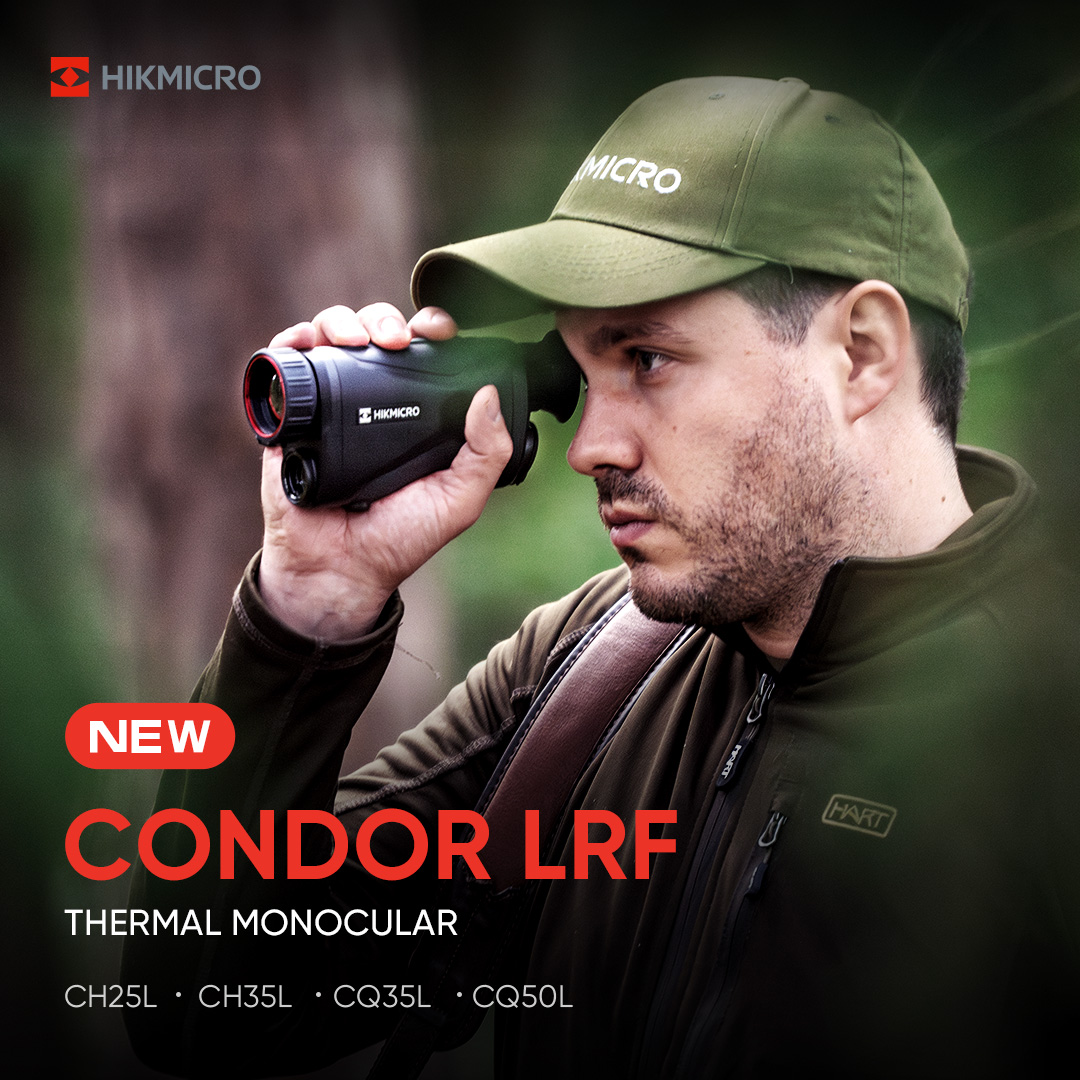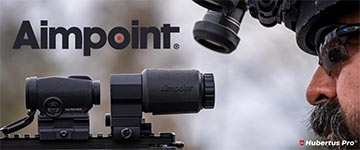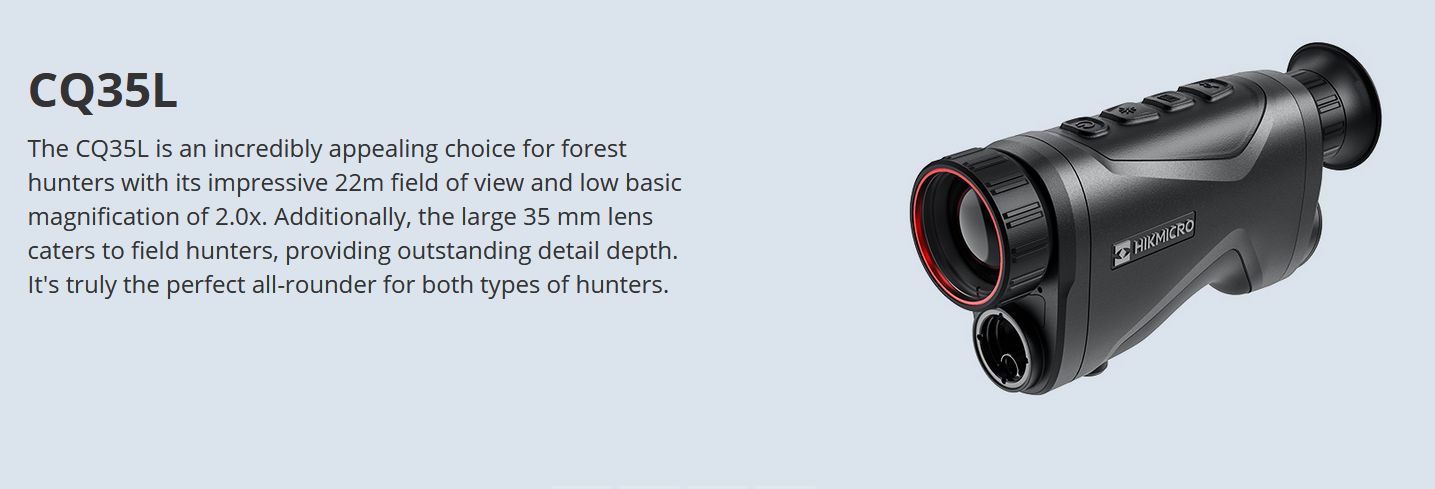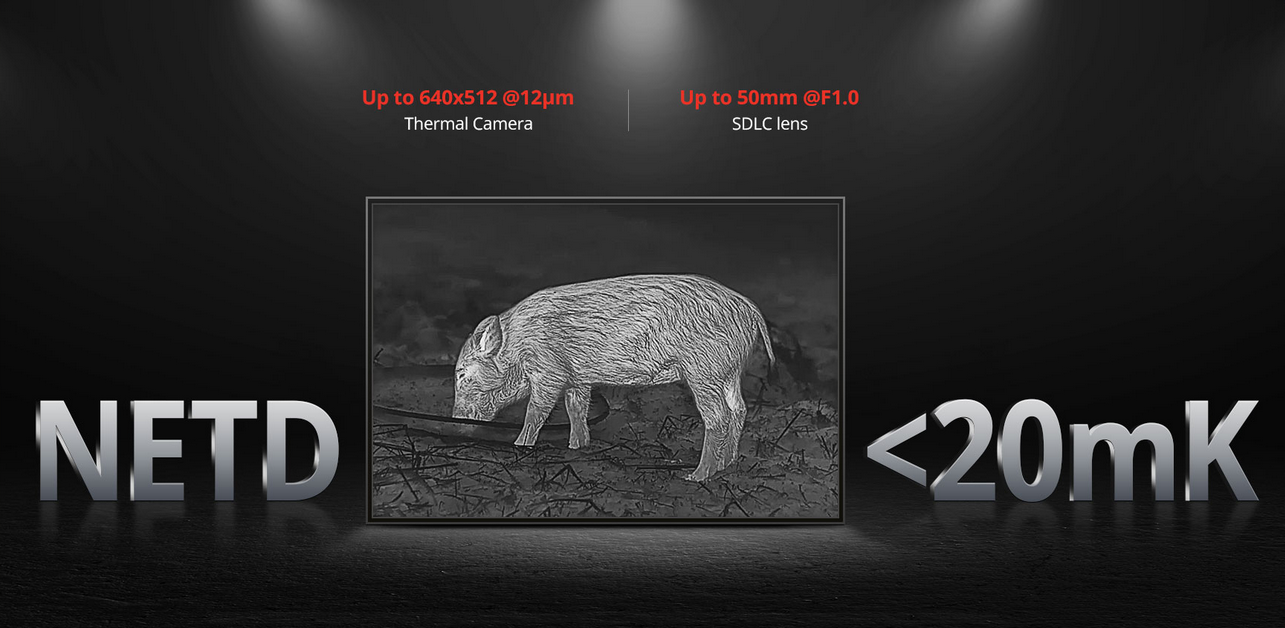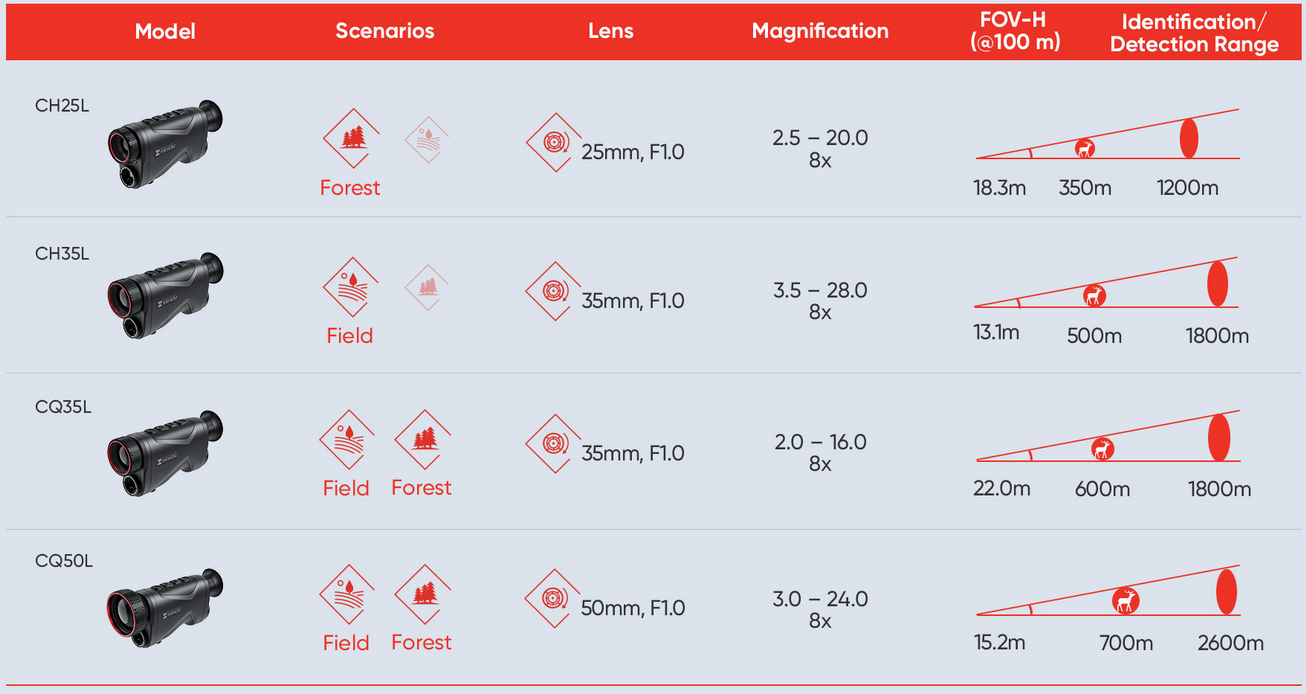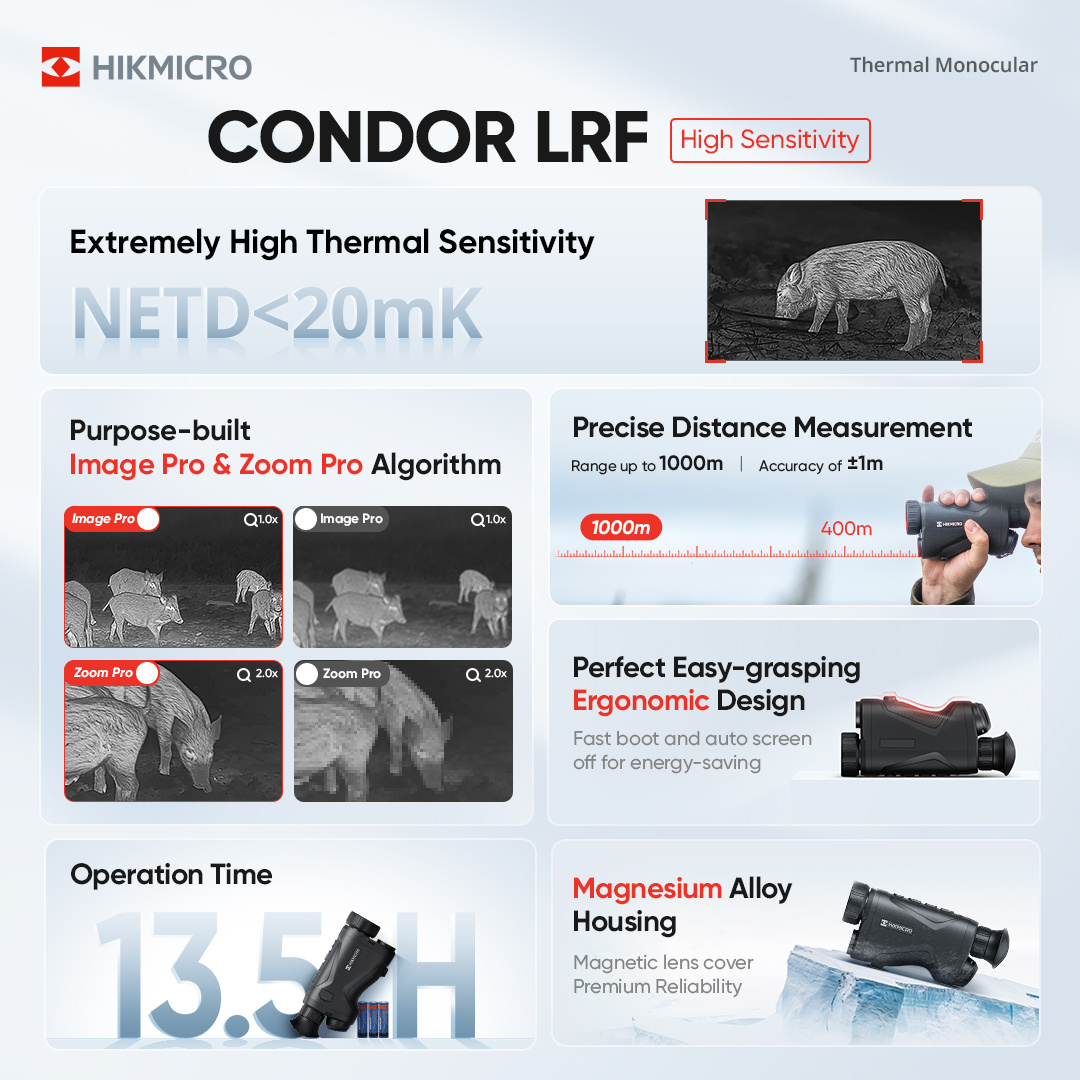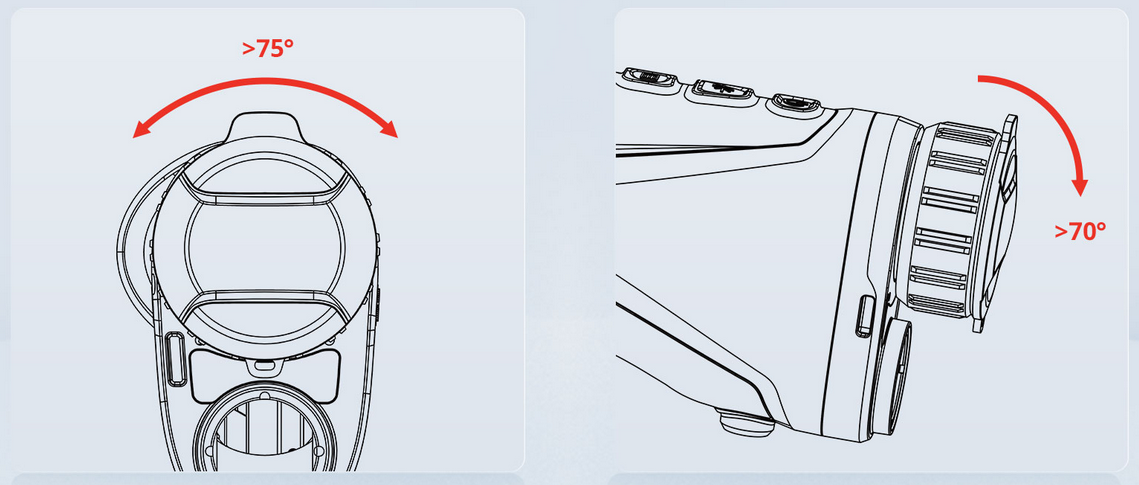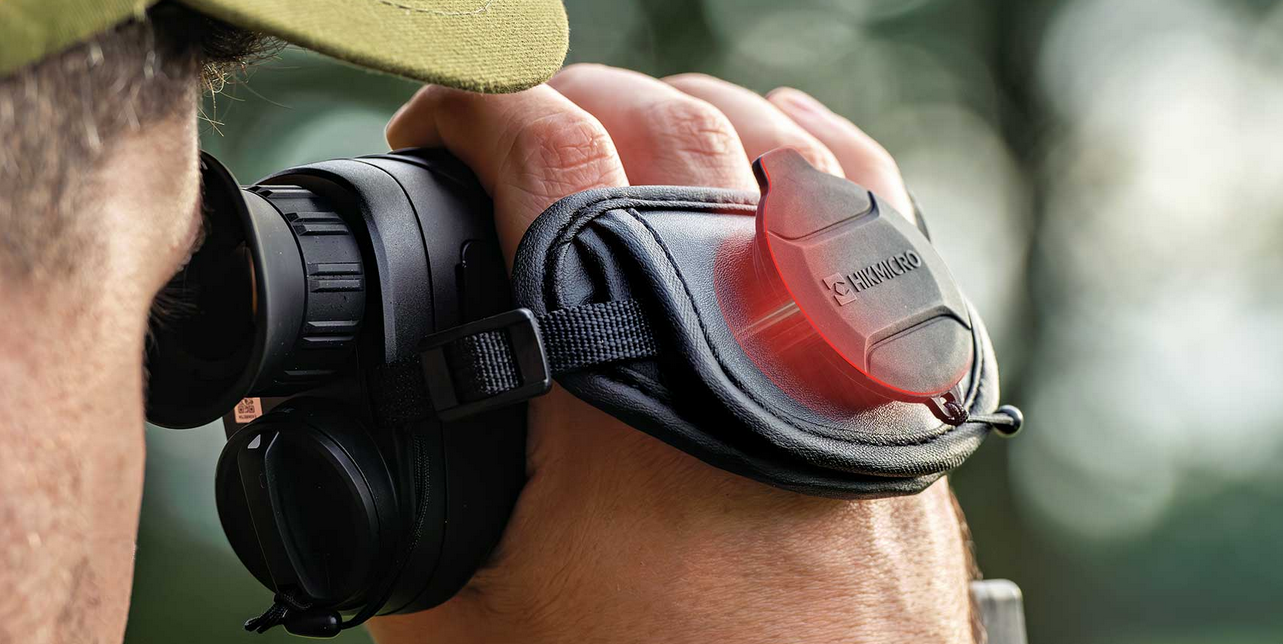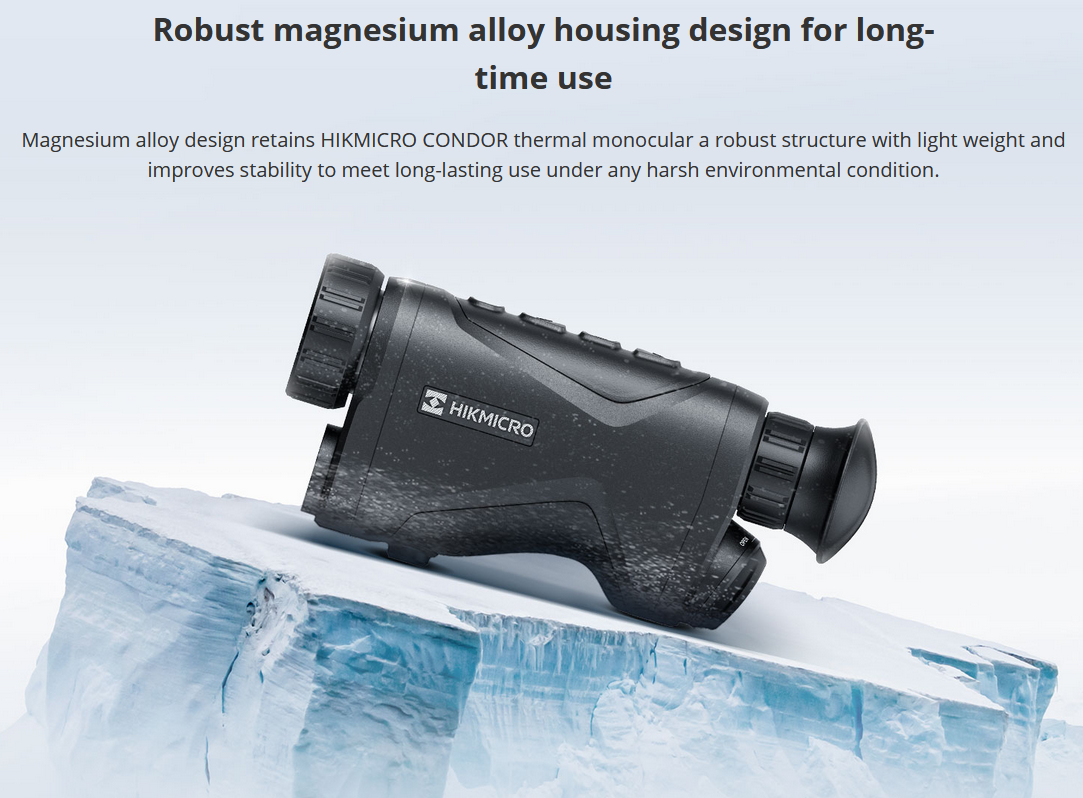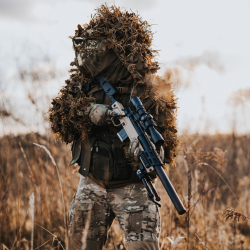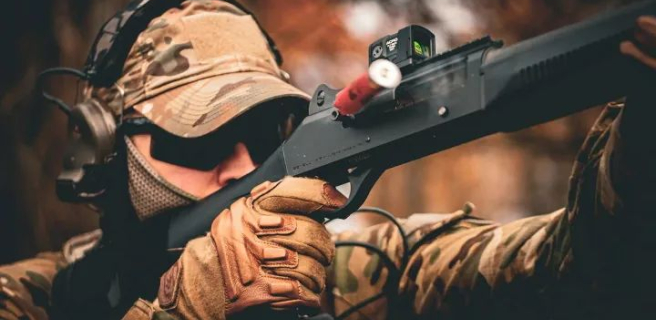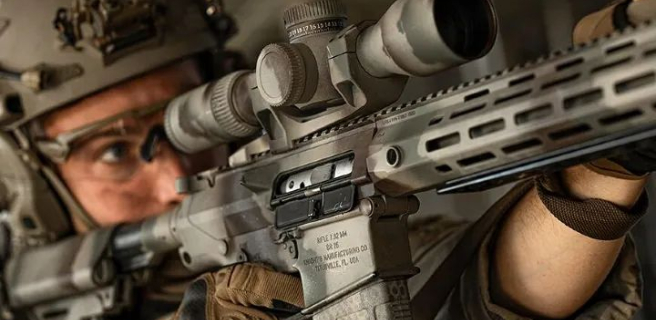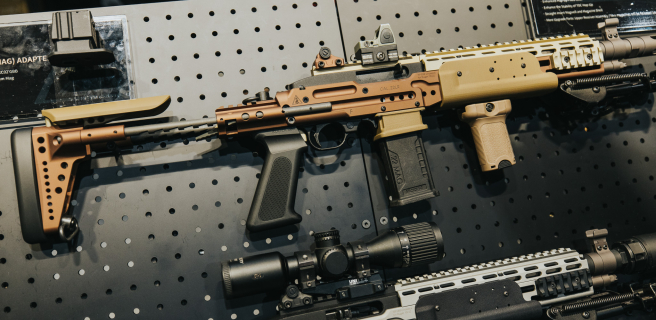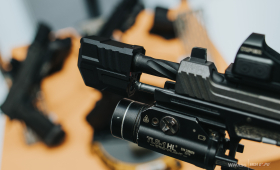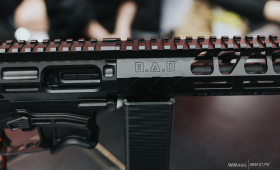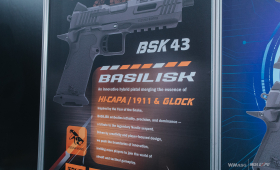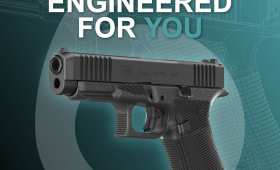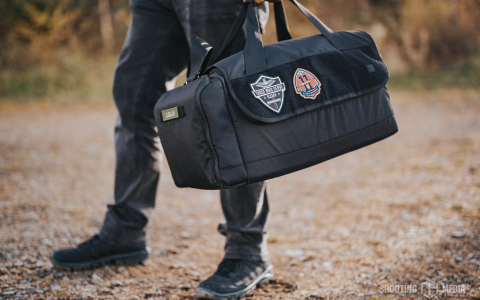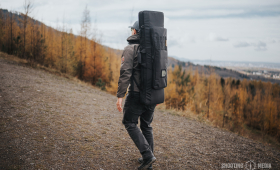Yesterday's online conference conducted by HIKMICRO was entirely devoted to the latest thermal imaging devices offered by this manufacturer. In addition to the Thunder Zoom 2.0 line of sights we have already written about, the new products also include Condor LRF hand-held observation monoculars.
In terms of their technical aspects, the Condor LRF series of thermal imaging monoculars seem to be largely based on the renowned Falcon product line. However, functionalities related to the integrated laser rangefinder module have been added. The manufacturer also enthusiastic about its improved Zoom Pro software.
Zoom Pro features advanced algorithms designed to improve the visibility of details and overall image quality, especially when using the digital zoom function. It is worth mentioning that, similarly to the Falcon series, the user still has the Image Pro option that optimizes image properties, especially at the basic magnification level.
The HIKMICRO Condor LRF thermal imager line consists of four models (CH25L, CH35L, CQ35L and CQ50L), which differ in image parameters due to the use of different sensors and optics. All of them use VOx sensors with 12 μm pixels, have F1.0 aperture, and offer a refresh rate of 50 Hz using a 0.39" OLED 1024x768 px screen, and their NETD parameter is <20 mK. Other data that differ between the thermal imagers are shown in the chart below:
As can be seen above, the most expensive models available are the CQ35L and the CQ50L, due to the use of a sensor with a resolution of 640x512 pixels. The most basic version, the CH25L, offers the smallest observation range. The bridge connecting the cheaper variant with the more expensive ones is the CH35L, in which a longer detection range is achieved thanks to a higher base magnification. However, this comes at the expense of the narrowest field of view among all products from the Condor LRF line.
The integrated LRF module enables precise range measurements to a target at a distance of up to 1000 meters. The lens cap (SDLC coated) is magnetic and is attached to the included wrist strap. An interesting solution is automatic screen dimming to save energy when the device detects a horizontal tilt exceeding an angle of 75° or 70° vertically. Of course, a whole range of additional functions known from other modern thermal imagers have also been implemented here, ranging from the ability to personalize the menu, influencing the image characteristics, through recording videos with sound, and also wireless pairing of the device with a phone or tablet.
The new thermal imagers are ready for operation within three seconds of startup. The power supply is provided by a single 18650 cell, which is sufficient for at least 4.5 h (models with a 388x284 px matrix) or 4 h of operation (for variants with a resolution of 640x512 px). It is worth noting that the device comes with three batteries of this type. Additionally, the mentioned operating time can be extended after connecting an external power source via the USB Type-C connector.
The Condor LRF series devices are made of magnesium alloy and weigh from 386 to 450 grams without the power supply. This is less than the products from the Falcon line that do not have a laser rangefinder module. All of them are protected against the adverse effects of water in the high IP67 standard.
Source: HIKMICRO

